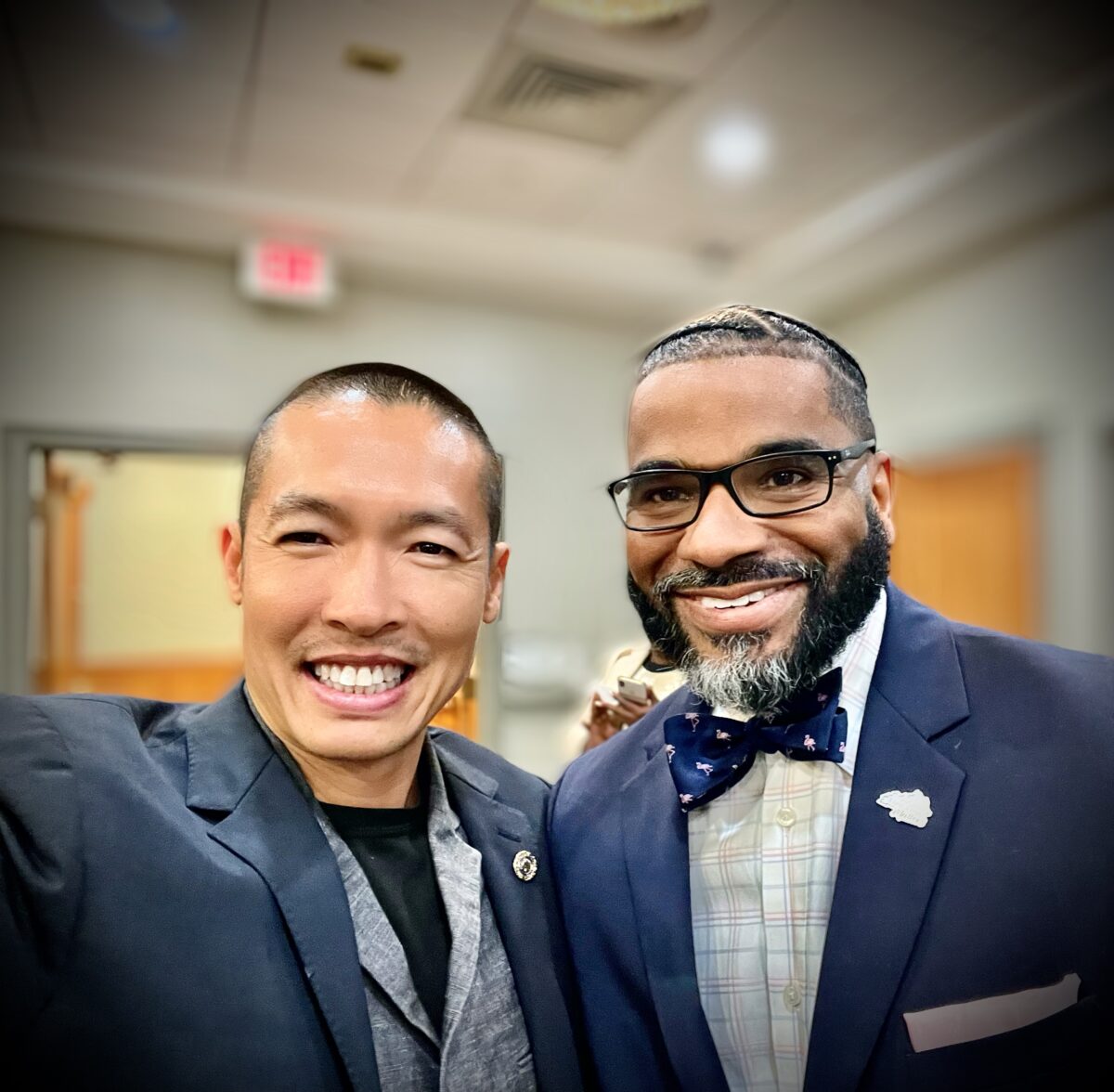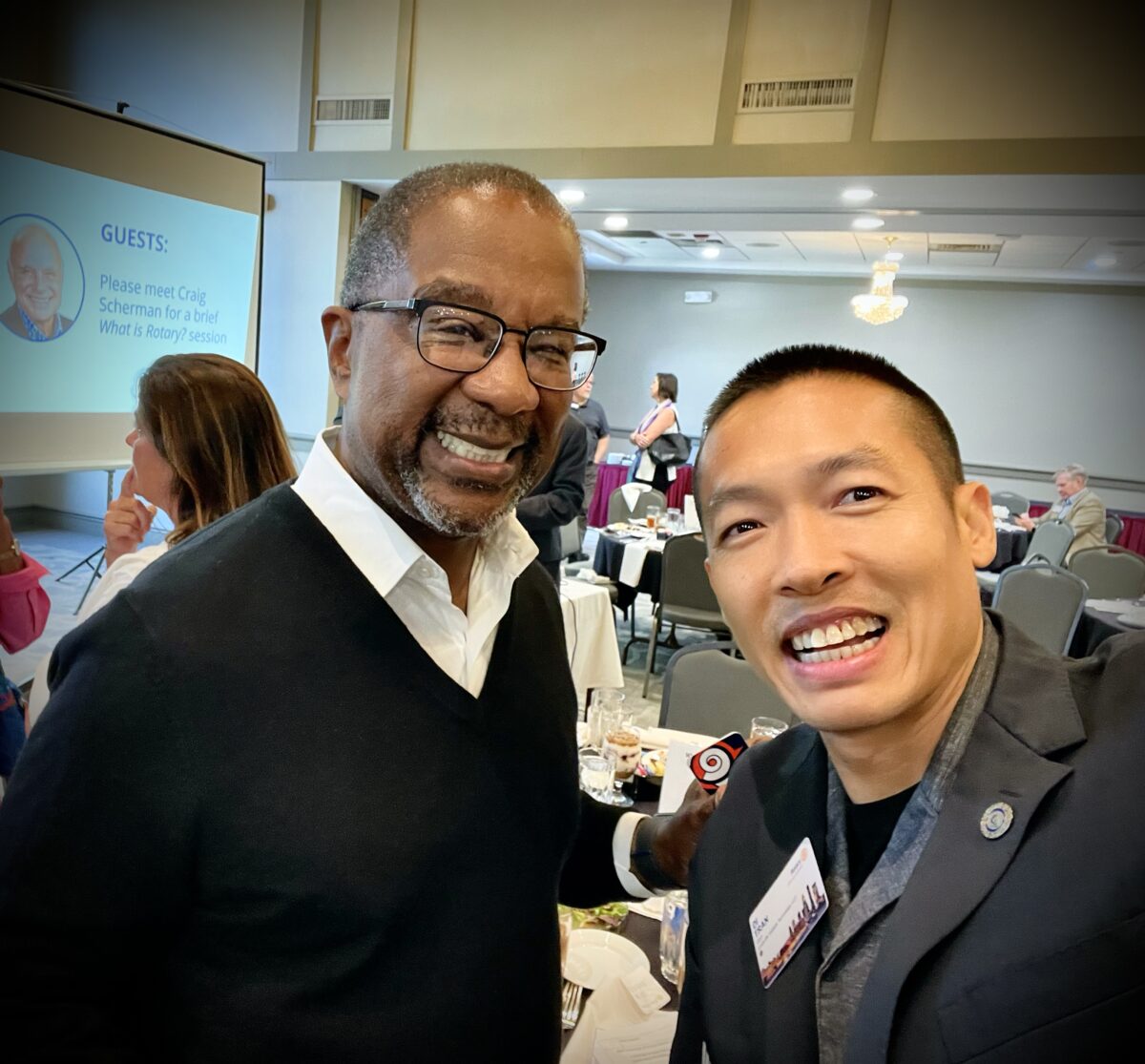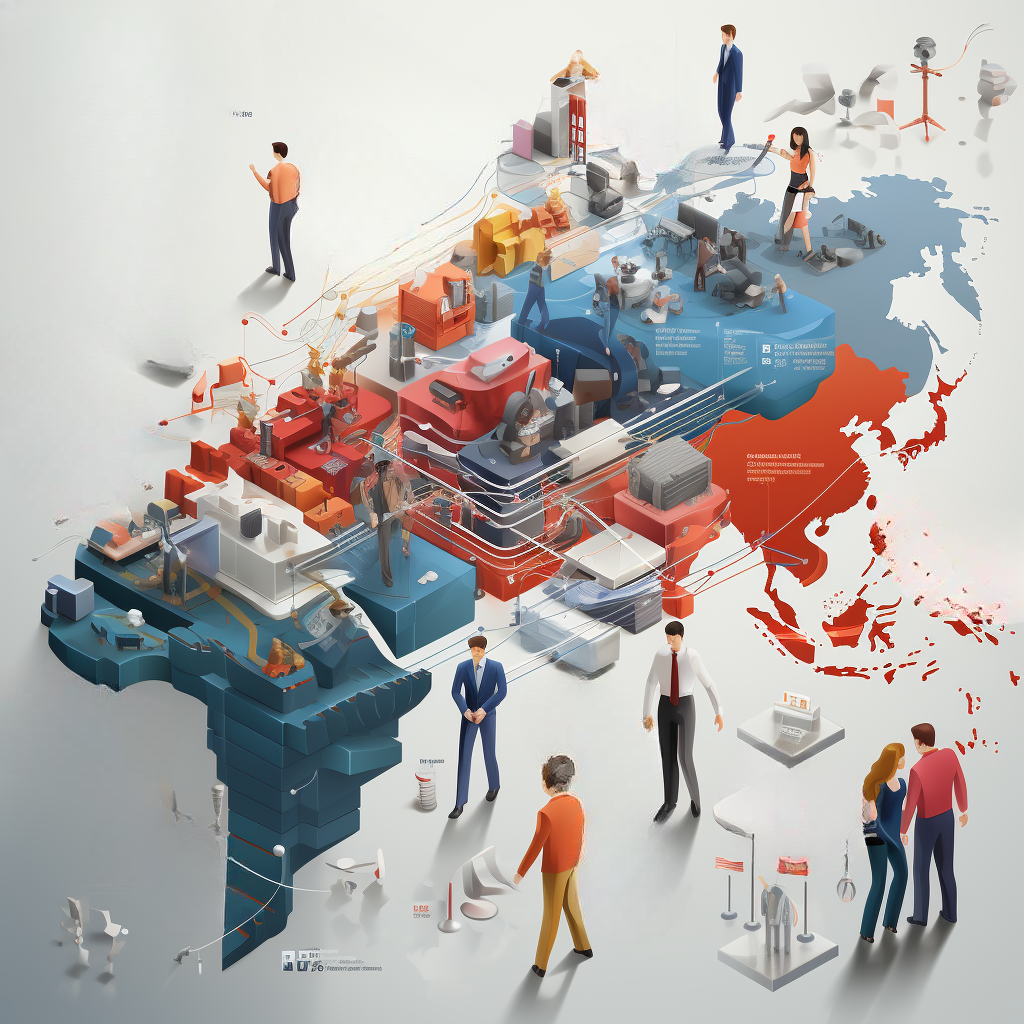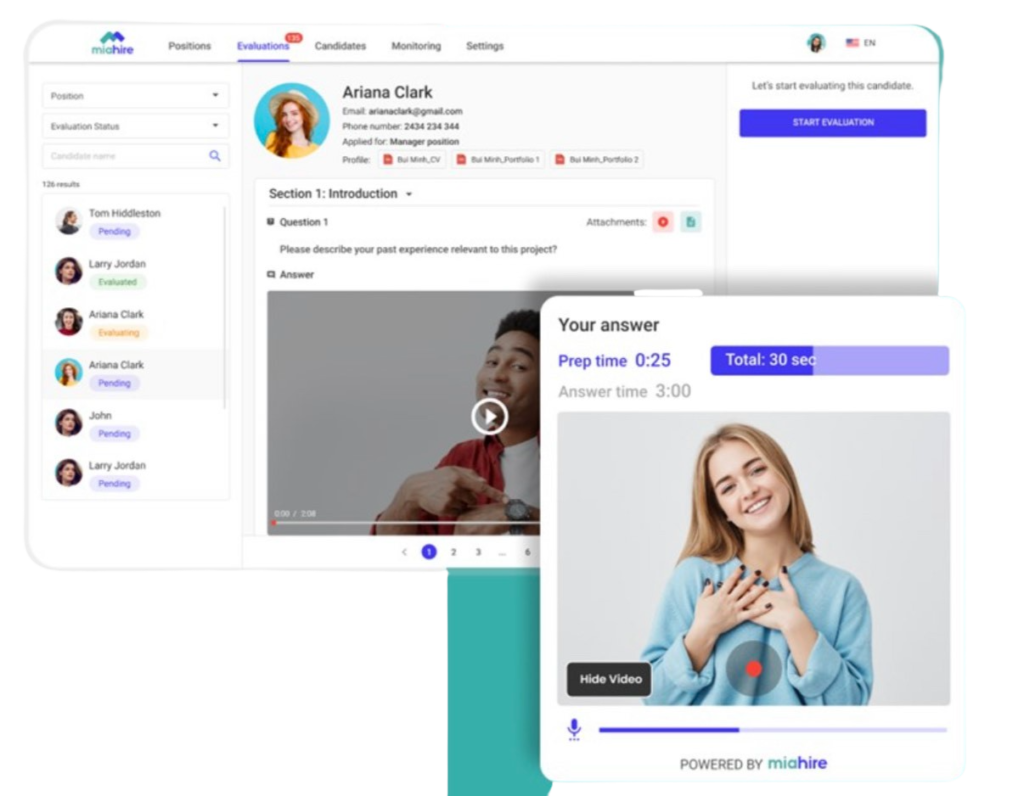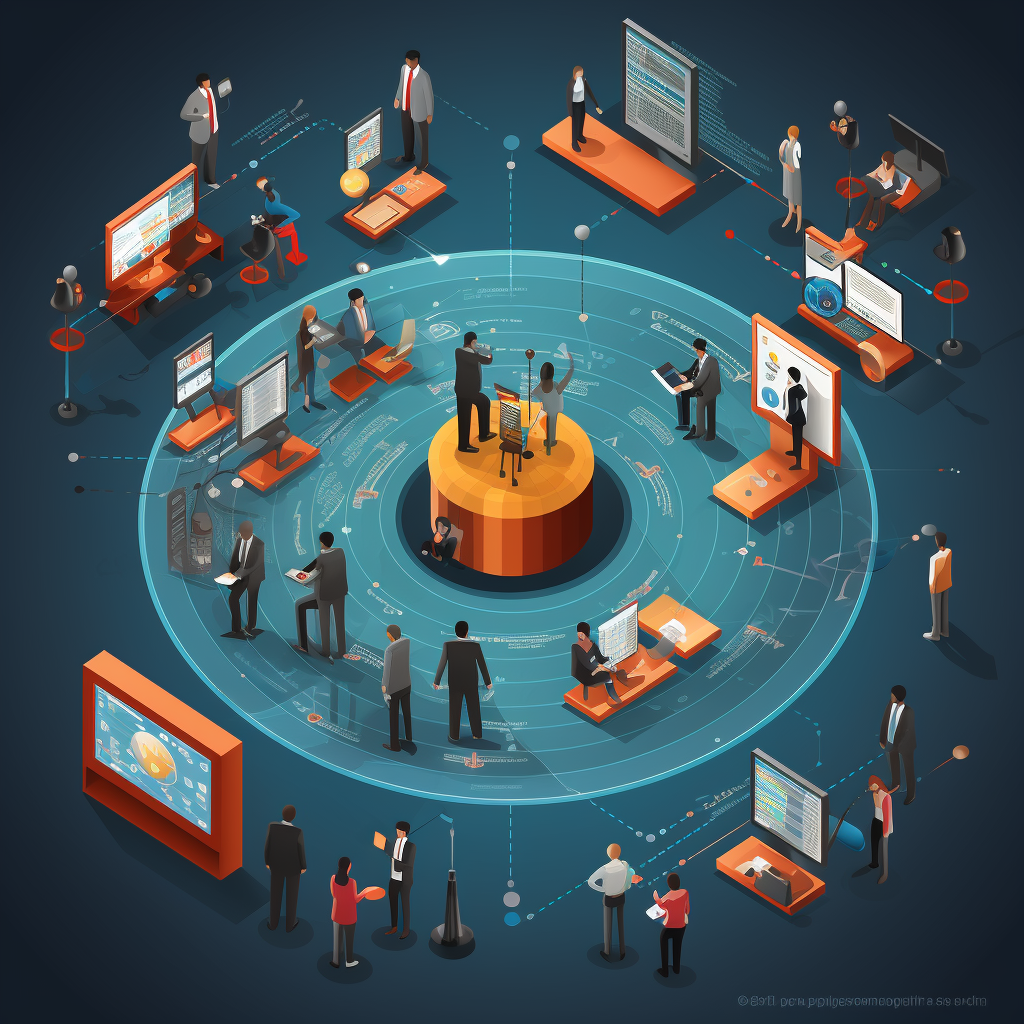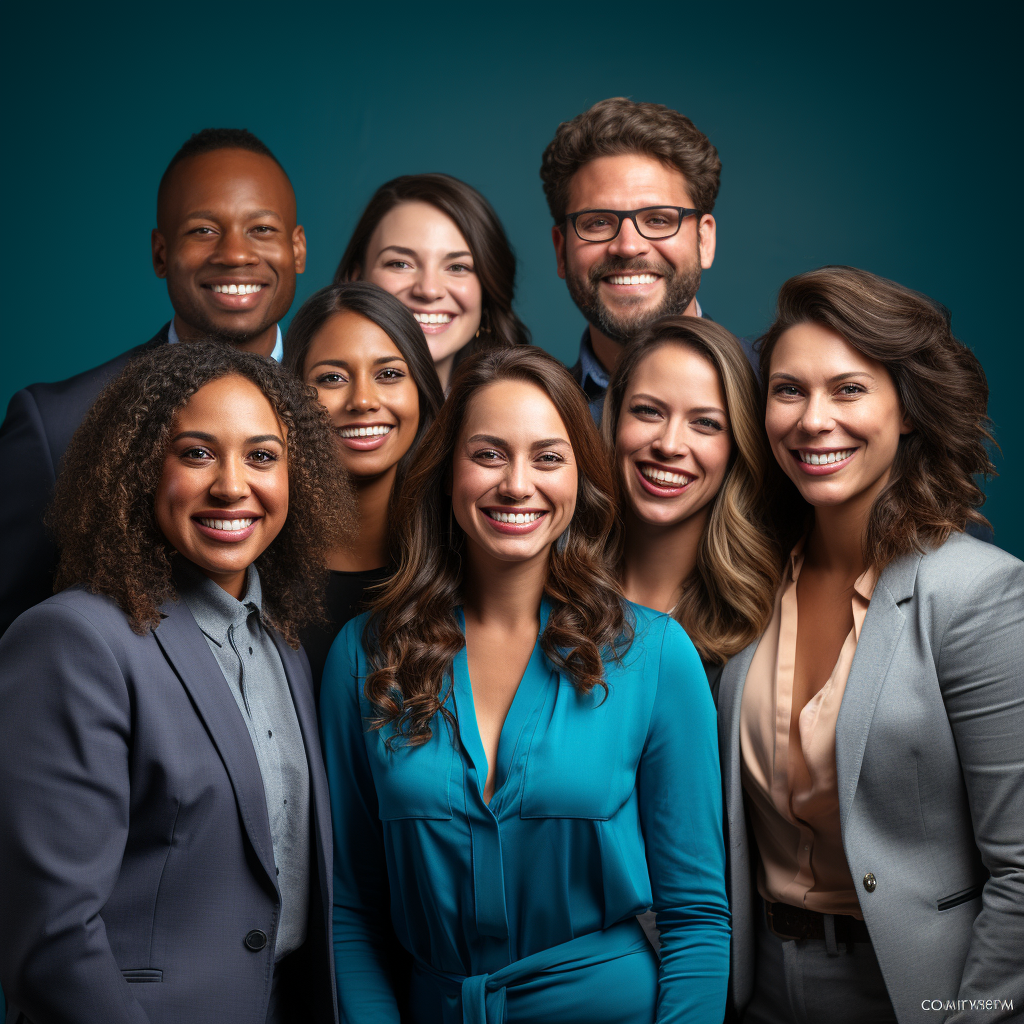In the sprawling and evolving landscape of post-secondary education, there are luminaries who shine with their unyielding commitment to reshaping futures, to bridging divides, and to creating pathways for dreams to be realized. Among such torchbearers are Dr. Rick Smith Sr. and Di Tran, two remarkable leaders whose journeys, while distinct, find intersections in their shared vision for a brighter, more inclusive educational future.
Dr. Rick Smith Sr., as seen from his stellar contribution at the Kentucky Council on Postsecondary Education (CPE), has been instrumental in forging connections between higher education and communities. Under his leadership, CPE has prioritized promoting the value of higher education, emphasizing student access and success, and most significantly, aligning the spheres of higher education with the workforce. His creation of the External Affairs and Economic Partnerships Office is just one of the many steps he’s taken in this direction.
Parallelly, Di Tran, the dynamic president of Di Tran University, has been carving a niche in private post-secondary education. With institutions such as the Louisville Beauty Academy, poised to open its 2nd location, and the Louisville Institute of Technology, he’s championing the cause of real-world, accessible education. His focus doesn’t end at providing top-notch education; Di Tran Enterprise’s venture into software development, particularly with the introduction of the MiaHire USA platform, underlines his commitment to innovation and workforce development.
Now, one might wonder, where do these two journeys intersect?
The magic happens in the shared ethos of these two leaders. Both Dr. Smith and Di Tran believe in the power of community, collaboration, and creating opportunities for those often left on the peripheries. This shared vision finds a unique confluence in forums like the Rotary Club of Louisville, one of the world’s largest clubs that stands as a testament to community service and leadership. For Di Tran, standing alongside leaders like Dr. Rick Smith Sr. is more than just an honor. It signifies unity, mutual respect, and a joint commitment to elevating lives. Both, being from minority groups, understand the profound impact of grit, determination, and the sheer will to elevate others.
Their synergy, whether directly or indirectly, serves as a beacon of hope for many. While Dr. Smith’s initiatives create broader frameworks for connecting education with communities, Di Tran’s institutions offer tangible pathways for adults to pursue their aspirations. Together, their endeavors send a resounding message: education is the cornerstone of personal and societal transformation.
As we look to the future, it’s heartening to know that leaders like Dr. Rick Smith Sr. and Di Tran are at the helm, steering the ship of educational change with warmth, passion, and an unwavering belief in the potential of every individual.

